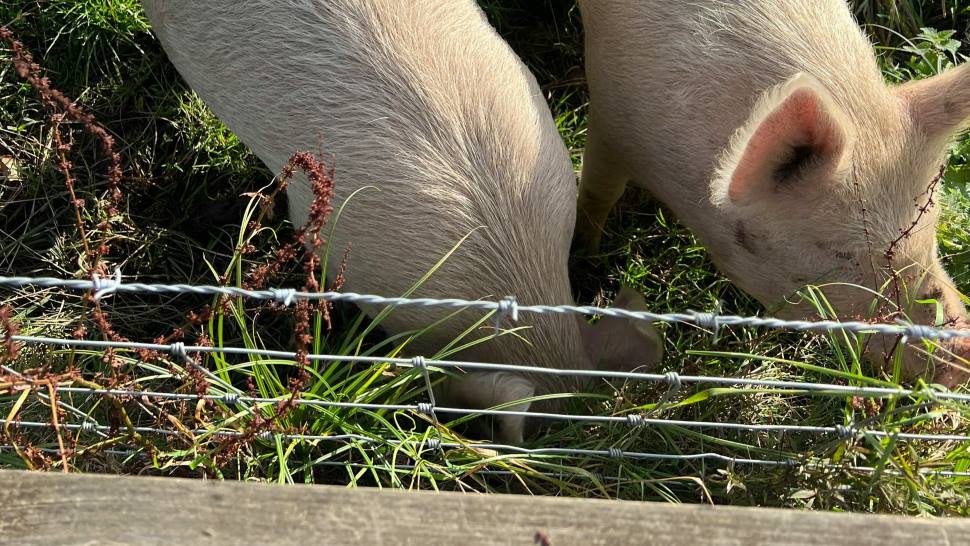Animal husbandry represents a key branch of agriculture that reflects the development of the entire agrarian system of a country. In Serbia, despite significant budget investments, the results achieved in this area do not meet expectations. Boris Berisavljević, an expert with experience in global companies and international organizations, emphasizes that the biggest room for improvement when it comes to animal husbandry, especially cattle, is in the organization. Although Serbia has a large number of associations that could improve the functionality of herders, Berisavljević believes that it is necessary for the state to transfer part of the activities to them, so that they actively participate in the creation of measures and strategies, but also take responsibility for their decisions.
The current picture of livestock farming in Serbia often comes into focus only through livestock farmers’ protests. Of course, sustainable reforms are needed that would enable the functional connection of livestock farmers in the production chain. At the same time, the availability of financial resources to improve their work is also necessary. Productivity in cattle breeding is low, which leads to a high cost of production, and thus to a decrease in competitiveness. Compared to the world market, Serbia does not have a standardized milk price, which makes it difficult to compare with countries like Germany, where the price of standardized milk is USD 0.61 per kilogram.
Berisavljević: “Livestock farming needs to adapt, but that is not the only way”
Berisavljević points to global trends in the livestock sector, which aim to reduce production costs and raise environmental standards due to climate change. Also, larger retail chains around the world are developing cooperation models with farmers through firm contracts, which regulate everything – from the quality of meat and milk to breeding strategies. Such models, although they bring certain advantages, can represent a challenge for Serbian farms, which are slower to adapt to global trends. There are countries where milk and meat production is seen as a social category. At the same time, the economic goal of production is crucial in developed countries.

For Berisavljević, adapting to world standards is not the only way. He believes that Serbia should turn to successful examples from neighboring countries, applying and adapting those models to local specificities and needs. The focus should be on strategies that will improve the productivity of dairy and cattle farms in Serbia. And that will contribute to the long-term development of animal husbandry. Also, investing in the knowledge and skills of livestock farmers is key to achieving competitiveness on the domestic and foreign markets.
Berisavljević’s position is that the livestock industry of Serbia must adopt organizational changes, with better financial support and resources, in order to give livestock farmers the opportunity for sustainable development. State subsidies should be focused on strategic projects that will enable long-term stability and competitiveness in the sector, ensuring a better future for domestic livestock production.
Source: Farmer
Source: boljazemlja.com


